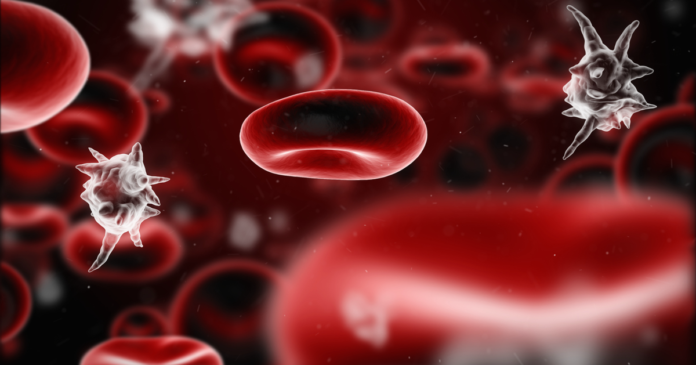Your
immune system
protects you by fighting off invaders such as bacteria, viruses, and fungi.
However, it’s possible for your immune system to overreact in a way that’s
harmful to your body. This overreaction is known as
sepsis, a life-threatening medical emergency.
Each year, 1.7 million adults in the United States develop this condition.
Sepsis can be fatal in approximately one out of five patients, either in the
hospital or after they are discharged.
Here’s what sepsis is, how it progresses, and how to prevent and treat it.
What is sepsis?
Your immune system
responds to infections
by releasing proteins and other chemicals meant to fight them. Sepsis occurs
when that response spirals out of control, causing severe inflammation
throughout your body.
Sepsis symptoms usually
develop quickly and include:
• Difficulty breathing
• Quickened breathing and heartbeat
• Cool, moist, or sweaty skin
• High fever, chills, or an intense sensation of cold
• Mental confusion or feeling disoriented
• Severe discomfort or intense pain
Stages of sepsis
Sepsis has long been considered to have three stages:
- Sepsis, in which an infection enters the bloodstream,
triggering widespread inflammation - Severe sepsis, which occurs when the infection and
inflammation become worse and begin to affect your organs - Septic shock, a severe complication that causes a
significant drop in blood pressure and can result in respiratory failure,
heart failure, stroke, and/or death
Causes of sepsis
Sepsis can be triggered by something as small as an infected cut or an
infection that develops after surgery. It’s even possible to develop sepsis
without knowing you have an infection.
Most cases of sepsis are caused by a bacterial infection, but viral
infections (like influenza or COVID-19) and fungal infections can also lead
to sepsis. The
three germs that most often develop into sepsis
are Staphylococcus aureus (staph), Escherichia coli (E.
coli), and some types of streptococcus.
The
types of infections most likely to lead to sepsis
can usually be found in the lungs (such as pneumonia), kidneys, and bladder,
as well as the digestive system and bloodstream. Catheter sites, wounds, and
burns are also common places for infections to develop.
At-risk groups
While anyone can develop sepsis, certain groups are more vulnerable. They
include:
• Children under one year of age, people over 65, and people who are pregnant
or post-partum
• People with a weak immune system or a chronic condition
• Patients who are severely ill or hospitalized
• People who have recently been severely ill, hospitalized, or had surgery
• People who have had sepsis and survived it
Prevention
The easiest way to
avoid getting sepsis
is to avoid infections that can lead to it. The simplest way to do that is
to
wash your hands often using clean, running water
for at least 20 seconds.
Taking care of cuts and wounds properly
until they are fully healed is also key to preventing infections.
Proper wound care
includes:
• Washing your hands before touching a wound and wearing disposable gloves if
possible
• Seeking medical attention for deep or jagged wounds that may require
stitches
• If stitches aren’t needed, rinse the wound with clean water to remove debris
before applying antibiotic cream
• Cover the wound to protect it from dirt and rubbing against your clothing
• Monitor the wound for signs of infection such as redness, warmth, increased
pain, or discharge
You also can ward off infections that might lead to sepsis by:
• Keeping up to date on your vaccinations
• Eating healthily, getting regular exercise, and maintaining a healthy weight
• Managing chronic health conditions
• Seeking medical care if an infection isn’t healing or becomes worse
Diagnosis and treatment
Health care providers may use blood, urine, and/or imaging tests to diagnose
sepsis and identify the infection that caused it.
If you’re diagnosed with sepsis, you’ll likely be hospitalized in the
intensive care unit (ICU) for more advanced care that can include:
• Intravenous (IV) fluids and antibiotics to fight infection
• Medications to boost your blood pressure
• Oxygen therapy
• Mechanical ventilation for severe breathing problems
• Dialysis, if kidney failure occurs
While sepsis can quickly become serious,
early treatment
can often be effective.
Sepsis is a very serious medical condition that requires emergency treatment
to prevent organ damage or death. While you can take preventive steps to
avoid infections, chances are you will get one at some point. If you do
develop an infection, be sure to monitor it and seek treatment if it lingers
or worsens. And if you experience any symptoms of sepsis, play it safe and
go to the emergency room immediately.



